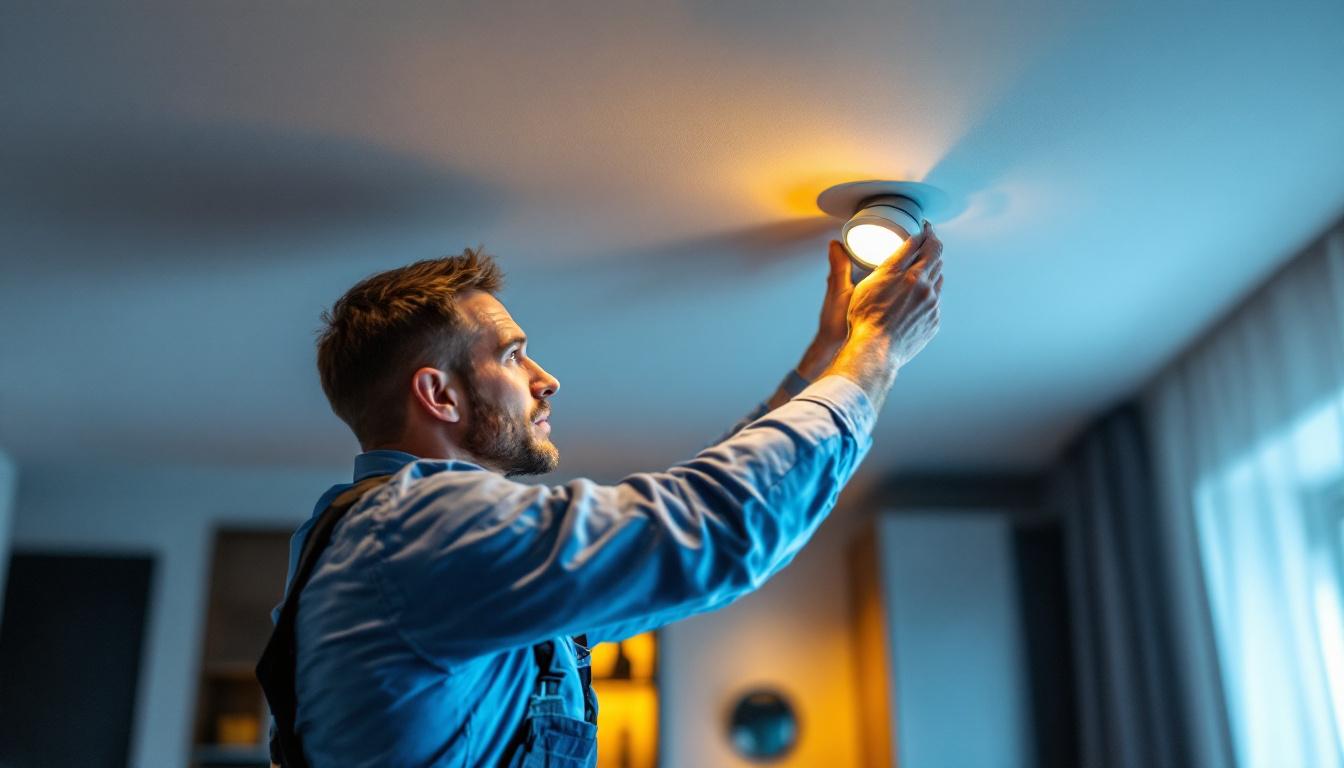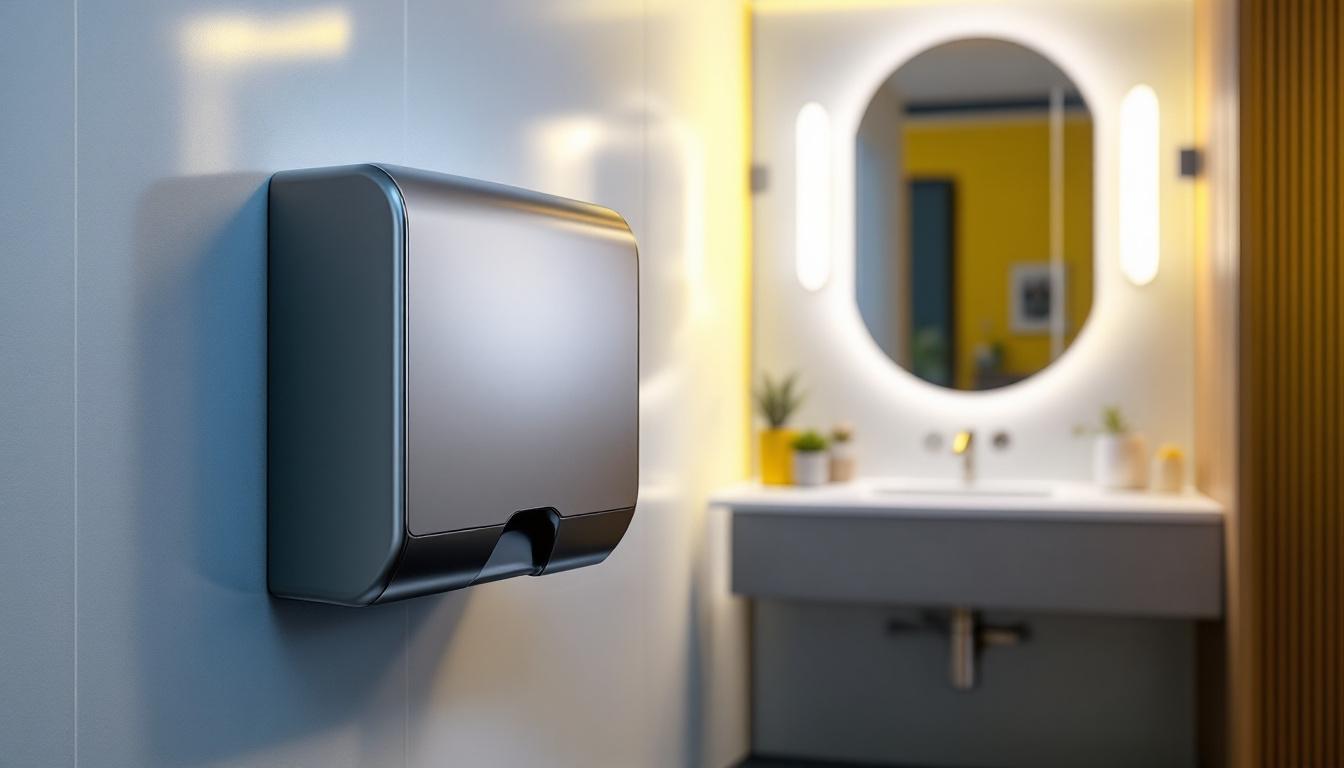
In recent years, the horticultural industry has witnessed a significant transformation, largely driven by advancements in lighting technology. LED indoor grow lights have emerged as a popular choice among cultivators, especially for growing pot. These lights not only enhance plant growth but also contribute to safer lighting installations, making them an essential consideration for lighting contractors.
Understanding the benefits and features of LED grow lights is crucial for contractors who aim to provide effective solutions to their clients. This article delves into how LED indoor grow lights enhance safety in lighting installations, focusing on their energy efficiency, reduced heat output, and improved durability.
One of the most compelling advantages of LED grow lights is their energy efficiency. Compared to traditional lighting options, such as incandescent or fluorescent bulbs, LEDs consume significantly less power while delivering the same or even superior light output. This not only translates to lower electricity bills for growers but also reduces the overall carbon footprint of indoor gardening operations. As energy costs continue to rise, the economic benefits of using LED technology become increasingly appealing, making them a smart investment for both hobbyists and commercial growers alike.
Additionally, the reduced heat output of LED grow lights is a game-changer for indoor cultivation. Traditional grow lights can generate excessive heat, necessitating complex ventilation systems to maintain optimal growing conditions. In contrast, LEDs emit minimal heat, allowing for closer placement to plants without the risk of overheating. This feature not only simplifies the setup but also creates a more stable environment for plant growth, promoting healthier and more vigorous plants. Furthermore, the longevity of LED lights—often lasting up to 50,000 hours—means less frequent replacements, further enhancing their appeal as a reliable lighting solution for indoor gardens.
One of the most significant advantages of LED grow lights is their energy efficiency. Unlike traditional lighting systems, LEDs consume less power while delivering the same or even better light output. This efficiency translates into lower electricity bills and a reduced risk of electrical hazards.
LED lights typically use up to 80% less energy than incandescent or fluorescent bulbs. This reduced power consumption not only benefits the environment but also minimizes the load on electrical circuits. For lighting contractors, this means fewer chances of circuit overloads, which can lead to overheating and potential fire hazards.
By opting for LED technology, contractors can design lighting systems that are not only cost-effective but also safer for the end user. The lower energy requirements allow for more flexibility in installation, as fewer modifications to existing electrical systems may be necessary.
LEDs are known for their longevity, often lasting up to 50,000 hours or more. This extended lifespan reduces the frequency of replacements, which can be a significant safety concern in lighting installations. Frequent changes can lead to improper handling and installation practices, increasing the risk of accidents.
By utilizing LED grow lights, contractors can provide a more reliable solution that minimizes the need for ongoing maintenance and replacement. This not only enhances safety but also boosts client satisfaction, as users benefit from a hassle-free experience.
Another vital aspect of LED indoor grow lights is their reduced heat output. Traditional grow lights, such as high-intensity discharge (HID) lamps, generate substantial heat, which can pose safety risks in various settings. LEDs, on the other hand, operate at much lower temperatures, making them a safer option for indoor cultivation.
High temperatures from traditional lighting can lead to overheating, which poses a significant fire risk, especially in enclosed spaces. LED grow lights mitigate this risk by maintaining cooler operating temperatures, thereby reducing the likelihood of ignition. For lighting contractors, this means a safer installation environment and peace of mind for clients.
Furthermore, the cooler operation of LED lights allows for closer placement to plants without the risk of burning or damaging them. This proximity can enhance growth while maintaining a safe environment, making it an attractive option for indoor growers.
Heat generated by traditional lighting systems can also affect indoor air quality. As temperatures rise, air conditioning systems may work harder to maintain a comfortable environment, leading to increased energy consumption and potential strain on HVAC systems. The cooler operation of LED grow lights helps maintain stable temperatures, contributing to better air quality and overall safety.
For contractors, this aspect of LED technology can be a selling point when discussing installation options with clients. Highlighting the benefits of improved air quality can enhance the perceived value of LED systems, making them a more appealing choice.
Durability is another critical factor that enhances safety in lighting installations. LED grow lights are built to withstand various environmental conditions, making them a reliable choice for indoor cultivation.
LED lights are typically constructed with durable materials that can resist impacts and vibrations. This robustness is particularly important in environments where equipment may be moved or adjusted frequently. For lighting contractors, recommending LED grow lights can reduce the likelihood of equipment failure and ensure a safer working environment.
Additionally, the solid-state design of LEDs means they are less prone to breakage compared to traditional glass bulbs. This durability translates into fewer hazards related to broken glass or electrical components, further enhancing safety for both contractors and end users.
Many LED grow lights come with water and dust-resistant features, making them suitable for various indoor growing conditions. This resistance is crucial in preventing electrical failures that could lead to short circuits or fires. For contractors, selecting LED lights with these protective features can significantly enhance the overall safety of the installation.
By ensuring that the lighting systems are protected from moisture and dust, contractors can provide clients with a reliable solution that minimizes maintenance issues and safety concerns. This added layer of protection can be a strong selling point when discussing options with potential clients.
The light spectrum produced by LED grow lights is another aspect that contributes to safety in lighting installations. LEDs can be designed to emit specific wavelengths of light that promote healthy plant growth. This capability not only enhances plant health but also reduces the need for chemical interventions, which can pose safety risks.
Different plants require different light spectra for optimal growth. LED technology allows for the customization of light wavelengths, enabling contractors to tailor installations to meet the specific needs of various crops. This customization can lead to healthier plants and reduce the reliance on pesticides or herbicides, which can be hazardous to both growers and consumers.
By providing clients with a tailored lighting solution, contractors can enhance the overall safety of the growing environment. Healthier plants are less susceptible to disease and pests, leading to a safer and more sustainable cultivation process.
As mentioned, the ability to optimize light spectra can lead to healthier plants, which in turn reduces the need for chemical treatments. This reduction not only benefits the environment but also enhances safety for those working in the growing area. Fewer chemicals mean less risk of exposure to harmful substances, making LED grow lights a safer option for indoor cultivation.
Contractors can emphasize this benefit to clients, showcasing the long-term advantages of investing in LED technology for their growing operations. By aligning with environmentally friendly practices, contractors can position themselves as leaders in the industry.
When it comes to lighting installations, compliance with safety standards is paramount. LED grow lights are often designed to meet or exceed industry safety regulations, ensuring that installations are not only effective but also safe.
Many manufacturers of LED grow lights undergo rigorous testing and certification processes to ensure their products meet safety standards. These certifications provide assurance to contractors and clients that the lighting systems are safe for use in indoor environments. Understanding these certifications can help contractors make informed decisions when selecting products for their installations.
By choosing certified LED grow lights, contractors can mitigate risks associated with non-compliant products, enhancing the safety of their installations. This knowledge can also be a valuable selling point when discussing options with clients, as it demonstrates a commitment to quality and safety.
In addition to selecting compliant products, following best practices during installation is crucial for ensuring safety. Contractors should be well-versed in the specific requirements for LED grow light installations, including proper wiring, mounting, and ventilation considerations.
By adhering to these best practices, contractors can minimize the risk of electrical failures or other safety hazards. Providing clients with clear guidelines and recommendations can further enhance the safety of the installation process, leading to successful outcomes for all parties involved.
LED indoor grow lights offer numerous advantages that enhance safety in lighting installations. From energy efficiency and reduced heat output to durability and compliance with safety standards, these lights provide a reliable solution for lighting contractors and their clients.
As the demand for indoor cultivation continues to grow, understanding the benefits of LED technology will be essential for contractors looking to stay competitive in the market. By promoting the safety features of LED grow lights, contractors can position themselves as knowledgeable and responsible providers of lighting solutions.
Ultimately, the integration of LED indoor grow lights into cultivation practices not only supports plant health and growth but also fosters a safer environment for all involved. Embracing this technology is a step toward a more sustainable and secure future in indoor horticulture.
Ready to elevate your lighting installations with the safest, most efficient LED grow lights on the market? Look no further than LumenWholesale. We provide contractors with the highest quality, spec-grade lighting products at prices that can’t be beaten. Our extensive selection not only meets but exceeds industry standards, ensuring that every installation is reliable and high-performing. With the added benefits of free shipping and bulk buying options, LumenWholesale is your go-to source for premium lighting without the premium price tag. Don’t compromise on quality or value—Wholesale Lighting at the Best Value is just a click away.

Discover the secrets to mastering recessed lighting with expert tips and techniques tailored for lighting contractors.

Discover why lighting contractors should prioritize electrical hand dryers in their projects.

Discover the essential insights lighting contractors need to meet client expectations for LED parking lot lights.

Discover the advantages of low voltage can lights for lighting contractors, including energy efficiency, enhanced safety, and versatile design options.